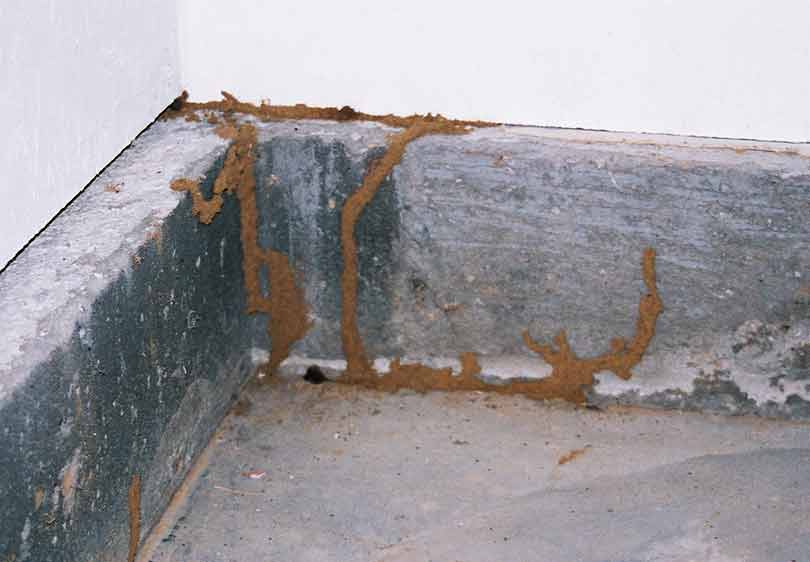Expert Suggestions for Vole Control Utah County
Expert Suggestions for Vole Control Utah County
Blog Article
Efficient Bug Control Solutions for Vole Infestations

In the world of bug control, vole problems present an unique obstacle that demands a calculated technique. By diving into the ins and outs of vole habits and exploring a variety of control techniques, a detailed bug administration plan tailored to these elusive creatures can be crafted. From all-natural repellents to innovative capturing techniques, the collection against vole invasions is multi-faceted.
Comprehending Vole Actions
Voles, little rats commonly located in fields and yards, show unique behavior patterns that are vital to understand when executing insect control procedures - vole control utah. These creatures are respected diggers, developing an extensive network of passages underground where they nest, store food, and look for sanctuary from predators and harsh weather. Voles are herbivores and mostly prey on grasses, origins, light bulbs, and seeds, making areas and gardens perfect environments for them
One trick behavior of voles is their quick price of recreation. Females can bring to life multiple clutters each year, with trash sizes varying from three to 6 puppies. This high reproductive ability enables vole populations to swiftly multiply, resulting in problems if left uncontrolled.
Comprehending vole actions likewise involves acknowledging their patterns of motion and foraging. Voles produce surface runways in grassy locations as they travel between their burrows and food sources. By observing these paths and the areas of burrow entries, pest control specialists can recognize high-traffic areas and purposefully location catches or deterrents to successfully handle vole populaces.
All-natural Repellents and Deterrents
With an understanding of vole habits as a structure, discovering all-natural repellents and deterrents ends up being crucial in effectively handling vole infestations in fields and yards. Natural repellents supply a lasting and eco-friendly approach to hindering voles without creating injury to other wildlife or the ecological community. Growing daffodils, crown imperials, or various other vole-resistant light bulbs can aid maintain voles away because of their unattractive taste and odor. Furthermore, including killer urine, such as that of foxes or coyotes, around the yard boundary can create a natural barrier that signals threat to voles, urging them to stay away.
Moreover, using castor oil-based repellents can disrupt vole passages as they locate the smell and preference undesirable, motivating them to relocate. Mulching with products like crushed rock, lava rocks, or coarse sand can also discourage voles as they do not like digging through these harsh compounds. Carrying out a combination of these natural repellents and deterrents can help successfully handle vole populations in a lasting and non-toxic manner, safeguarding crops and yards from vole damage.
Trapping Techniques for Voles

Snap traps are developed to kill voles instantly see here now upon activation. These catches ought to be put in areas where voles are recognized to take a trip, such as close to burrow entryways or along their runways. It is necessary to examine snap traps on a regular basis and take care of any kind of captured voles without delay to ensure the effectiveness next of the trapping process.
Live catches are a more humane choice for those who desire to record voles without harming them. Once a vole is captured in a real-time trap, it can be safely carried to a different place and released unscathed. Live traps ought to be inspected often to stop stress and anxiety or injury to the captured voles.
When setting traps for voles, it is essential to consider their actions and practices to raise the likelihood of success (vole control utah county). By utilizing the proper capturing strategies, vole populations can be effectively taken care of, reducing the damages they trigger to farming and yard areas
Executing Physical Barriers
To better fortify the defense against vole infestations, the calculated application of physical obstacles becomes a proactive action to protect agricultural and garden areas. Physical barriers such as wire mesh, hardware fabric, or fencings can be set up below ground to prevent voles from burrowing into yards or fields. Burying these barriers a minimum of 12 to 18 inches deep and angling them outward can properly discourage voles from tunneling right into the check over here secured location. Furthermore, creating fences with tiny mesh size at the base can hinder the voles' capacity to access the greenery over ground degree.
In addition, making use of tree guards or trunk covers constructed from metal or plastic can secure tree trunks from vole damages during cold weather when various other food resources are limited. These guards need to extend above the expected snow line to protect against voles from gnawing on the bark. Routine assessment and maintenance of these obstacles are important to guarantee their proceeded effectiveness in hindering vole intrusions and securing important crops and plants.
Integrated Pest Management Approaches
Incorporating numerous parasite control approaches, consisting of biological controls, environment manipulation, and tracking, forms the basis of efficient Integrated Bug Management techniques for dealing with vole invasions. Biological controls entail introducing natural predators of voles, such as owls or snakes, to the affected area to aid reduce vole populaces.
Final Thought
Finally, reliable insect control services for vole problems include recognizing vole habits, using all-natural repellents and deterrents, applying trapping techniques, and establishing physical barriers. Integrated pest management methods can additionally be used to deal with vole problems thoroughly. By integrating these techniques, home owners can effectively mitigate and handle vole populaces without the need for extreme chemical use.
With an understanding of vole habits as a foundation, checking out natural repellents and deterrents becomes important in successfully managing vole infestations in areas and gardens. Carrying out a mix of these all-natural repellents and deterrents can help successfully manage vole populaces in a non-toxic and sustainable manner, safeguarding plants and yards from vole damages.
Integrating different pest control techniques, consisting of biological controls, environment adjustment, and monitoring, creates the basis of efficient Integrated Insect Monitoring strategies for dealing with vole invasions. Biological controls include presenting natural predators of voles, such as owls or serpents, to the damaged area to assist decrease vole populations (vole control service).In conclusion, reliable insect control options for vole problems entail comprehending vole behavior, making use of natural repellents and deterrents, applying capturing strategies, and establishing up physical barriers
Report this page